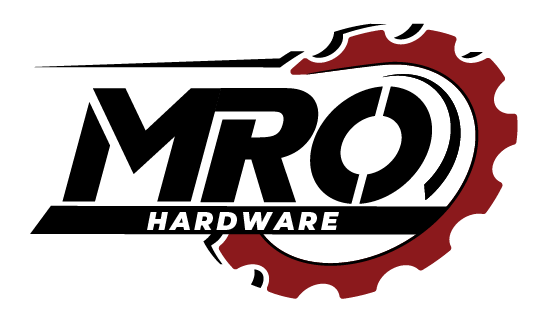
Self-clinching fasteners offer a reliable and efficient method for creating permanent, threaded connections in thin sheet metal applications. Unlike traditional nuts and bolts, these innovative fasteners eliminate the need for welding or tapping, streamlining the assembly process and reducing costs.
Understanding Self-Clinching Fasteners
Self-clinching fasteners are typically made from high-strength metals like stainless steel or brass. They feature a unique design with a shank, a body, and a clinching ring or feature. The shank is inserted into a pre-punched or drilled hole in the sheet metal, and the clinching ring is then pressed using a specific tool or press. This pressing action embeds the fastener into the sheet metal, creating a strong and permanent joint.
Applications of Self-Clinching Fasteners
These versatile fasteners find application in various industries, including:
Electronics: Securing PCBs, heat sinks, and other components within electronic enclosures.
HVAC: Fastening sheet metal components in air conditioning units, ventilation systems, and duct work.
Appliance Manufacturing: Attaching internal components and securing panels in appliances like washing machines and refrigerators.
Automotive: Joining body panels, instrument clusters, and other lightweight components in vehicles.
Installing Self-Clinching Fasteners
While seemingly simple, proper installation is crucial for optimal performance. Here’s a helpful guide:
Select the appropriate fastener: Choose a fastener based on the sheet metal thickness, desired thread size, and material compatibility.
Prepare the sheet metal: Punch or drill a hole following the fastener manufacturer’s recommendations. Ensure the hole size and alignment are precise.
Position the fastener: Place the fastener shank into the prepared hole, ensuring proper alignment and orientation.
Apply the setting force: Use a dedicated press or installation tool to apply the specified squeezing force. This force embeds the clinching ring into the sheet metal, forming the permanent joint.
Verify the installation: Visually inspect the joint to ensure the fastener sits flush with the sheet metal and the clinching ring is properly formed.
Additional Tips
Always consult the manufacturer’s installation instructions for specific details and recommendations.
Use the correct tooling and equipment to ensure proper force application and avoid damaging the fastener or sheet metal.
When working with stainless steel fasteners, consider using lubricants recommended by the manufacturer to reduce installation force requirements.
Conclusion
Self-clinching fasteners offer a valuable solution for creating strong, reliable, and permanent connections in sheet metal applications. By understanding their applications and following proper installation procedures, you can ensure these innovative fasteners contribute to the success of your project.

